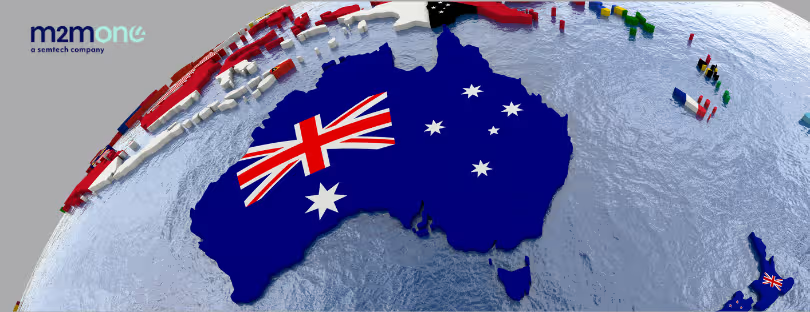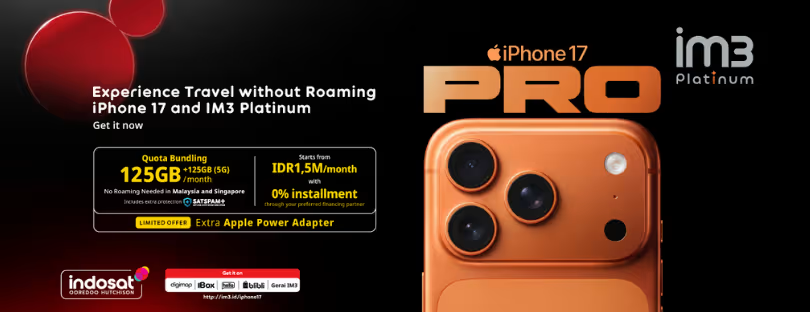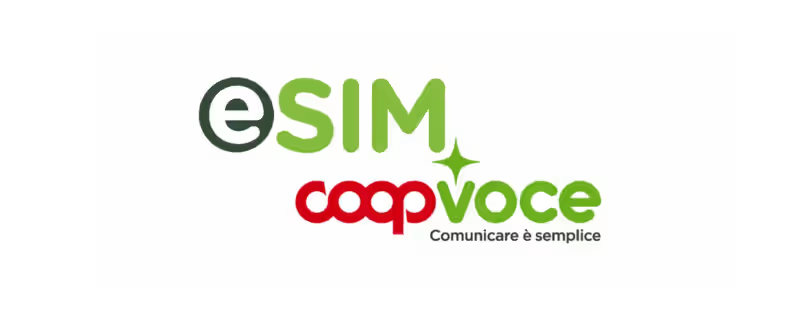
200+ Country Coverage Is Just Hype — Real Performance Comes from Real Networks
If you’ve ever browsed an eSIM provider’s website, you’ve probably seen it splashed across the homepage in bold, shiny letters:
“Global coverage in 200+ countries!” esim network quality
Sounds impressive, right?
Well… not really.
Let’s unpack this together, because the truth is, that number is more fluff than function. What actually matters is not how many country flags they slap on the landing page — it’s which networks they partner with in those countries that truly defines your experience.
Big Numbers Look Great — But Don’t Tell You Much
Marketers love big round numbers. 200+ countries sounds like you’re buying a golden ticket to global connectivity. But here’s the thing: there aren’t even 200 universally recognized countries (the UN has 193 member states). So where are these extra places coming from? Often, eSIM providers count territories, regions, and even dependencies separately. So that flashy number might include places like Guam, the Isle of Man, or French Guiana — which, don’t get me wrong, are important if you’re going there — but inflating that list for the sake of optics is just smart spin.
So, sure, you might technically have “coverage” in 210 locations.
But that doesn’t mean it’s good coverage. And it doesn’t mean it’s the right network in the places that matter most.
All Networks Are Not Created Equal
Let’s say you’re landing in the U.S., ready to stream, navigate, and WhatsApp your friends that you’ve made it safely. But instead of hopping on Verizon or AT&T — the top-tier networks — your eSIM quietly connects to some lesser-known MVNO or Tier-3 operator that struggles in dense cities or rural areas.
Now your “unlimited data” feels like dial-up.
The same goes for France. You’d assume you’d be connected to Orange or SFR, right? Not always. Many eSIM providers strike deals with whatever’s cheapest, often routing your data through virtual networks or minor carriers that piggyback off the big ones — but with limited speeds, lower priority, or less reach.
In Japan? If you’re not on NTT Docomo or SoftBank, your phone might as well be a glorified camera.
Bottom line: Broad coverage means nothing if you’re not getting priority access on solid networks.
Let’s Talk About Roaming vs. Real Access
Another thing most people don’t realize: a lot of eSIM plans are just roaming plans in disguise. You’re not really getting a local network experience — you’re being routed through international carriers or virtual setups that “work” in the country, but aren’t native to it.
So yes, your plan may cover Italy, but your signal is bouncing through a hub in Germany. That might be okay for email or messaging — but don’t expect smooth video calls or snappy uploads to Instagram.
It’s a bit like flying business class but getting economy service the moment you land.
Data Quantity vs. Data Quality
Here’s the kicker: A 1GB plan that connects you to a Tier-2 or Tier-3 network can be frustrating as hell — dropped calls, buffering videos, painfully slow hotspot performance.
Meanwhile, a 500MB plan with full access to a Tier-1 local carrier can feel like magic. Everything loads fast. Your location-based apps work flawlessly. Streaming is seamless. And your battery? It doesn’t drain from your phone, constantly hunting for a stronger tower.
It’s the classic “quality over quantity” situation—but so many people fall for the big data numbers without realizing the compromise in quality.
So Why Don’t eSIM Companies Talk About This?
Honestly? It’s easier to sell dreams than details.
Marketing a “200-country eSIM” is a lot simpler than breaking down network partnerships, latency differences, or traffic prioritization. Most consumers aren’t comparing carrier access in Sri Lanka versus Slovakia — they’re just looking for something that works everywhere.
And for casual users, some coverage is better than no coverage, right? esim network quality
Sure — but for business travelers, digital nomads, creators, or just folks who expect their phones to work well wherever they go, this stuff matters a lot.
 How to Spot the Difference
How to Spot the Difference
If you’re shopping for an eSIM and want to know whether the provider is offering the good stuff or just checking boxes, here are a few tips:
1. Look for Named Network Partners
The best providers are transparent. They’ll say things like:
“USA – AT&T and T-Mobile”
“Japan – NTT Docomo”
If all you see is a vague “Coverage in Japan,” proceed with caution.
2. Check for Speed Promises
Are they offering 5G in major markets? Or only 3G and 4G? A lot of cheaper plans throttle your speed or only give you 3G access even if you’re on a 5G-capable phone. That’s a red flag.
3. Customer Reviews from Real Travelers
Look for reviews that mention real-world performance:
“Worked great in central Tokyo,”
“Lost signal in LA suburbs,”
“Only got EDGE in Paris.”
That’s the gold. It tells you more than any map ever could.
4. Support for Dual-Network Access
Some premium eSIMs let your device switch between two or more top carriers in the same country. That’s a great way to ensure better uptime and speeds — and a clear sign they’re paying for proper access.
5. Don’t Fall for “Unlimited” Hype
A lot of so-called unlimited plans have daily speed caps or fair usage policies. Once you hit a soft cap, your 5G dream drops to 2G reality. Always read the fine print.
The Bottom Line esim network quality
The number of countries doesn’t equal quality — it equals potential reach. But how strong that reach is, and who’s powering it, makes the real difference between a good and bad experience.
A flashy map full of flags is fun to look at, but unless your eSIM provider is locking in deals with Tier-1 local carriers, you’re basically using a glorified roaming SIM — and probably overpaying for it, too.
So next time you’re shopping for travel connectivity, forget the 200+ claim. Dig deeper. Ask the hard questions. Choose a provider that focuses on network quality, carrier transparency, and user experience — not just shiny numbers.
Because in the end, it’s not about where your eSIM can go — it’s about how well it works once it gets there.






 How to Spot the Difference
How to Spot the Difference



